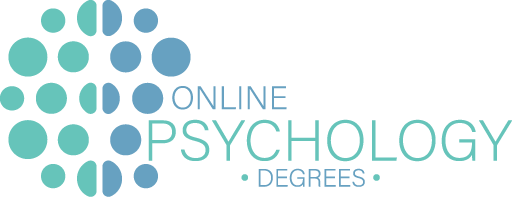As technology advances and the educational system becomes more and more reliant upon this technology, many of us ask the question “how prevalent is online learning at the college level”? It seems like almost all colleges and universities are now offering some degree of courses online. This increase is important for the population of people who would not have been able to earn their degree without distance learning options. Now, stay-at-home-parents, military personnel or families overseas, individuals with disabilities, and many others can earn a degree through one of the many distance-learning programs.
Rate of Growth Amongst Online Learning Programs
According to a report released by the Sloan Consortium, Going the Distance: Online Education in the United States, publishes in 2011, the rate of growth in online enrollments is ten times that of higher education as a whole. More than 6 million students in the United States took one or more online course in the fall of 2010, which shows an increase of more than half a million students over the previous year. Sixty-Five percent of the academic officers surveyed in the study stated that distance education is an important part of their institutions’ long-term growth strategy. Fifty-seven percent reported that student learning outcomes are the same as or better in online education programs as was seen in face-to-face programs. The report also outlined the ten percent growth rate for online enrollment, which far exceeds the two percent growth in the overall higher education student population.
Number of Academic Institutions Offering Online Learning Programs
Students seeking degree’s ranging from Bachelor’s, to Master’s and even Doctoral Degrees can now find offerings in a fully online format. According to a 2009 Sloan Consortium report, Learning on Demand: Online Education in the United States, the penetration rate for psychology programs (the number of colleges and universities offering fully online programs when compared with the overall number of degree programs) is twenty-four percent. This falls somewhere in the median range when comparing penetration rates of the fields conferring the highest number of degrees annually. The range varied from sixteen percent (engineering) to thirty-three percent (business). In addition to the fully online learning format, there are a staggering number of programs that are offering programs in a partially online hybrid-learning environment.
As an increasing number of fully accredited, highly respected colleges and universities join the online learning movement, the numbers of online learning opportunities will continue to rise. Schools offering fully online, hybrid and web-enhances degree programs have seen substantial growth over the past ten years and all signs show that growth will continue at this rapid rate. With such a dramatic expansion, academic institutions will have to continue to work towards supplying distance learning students with the same advantages as traditional students. With the rates of online learning becoming more and more prevalent, doors are being opened for a host of new students.
